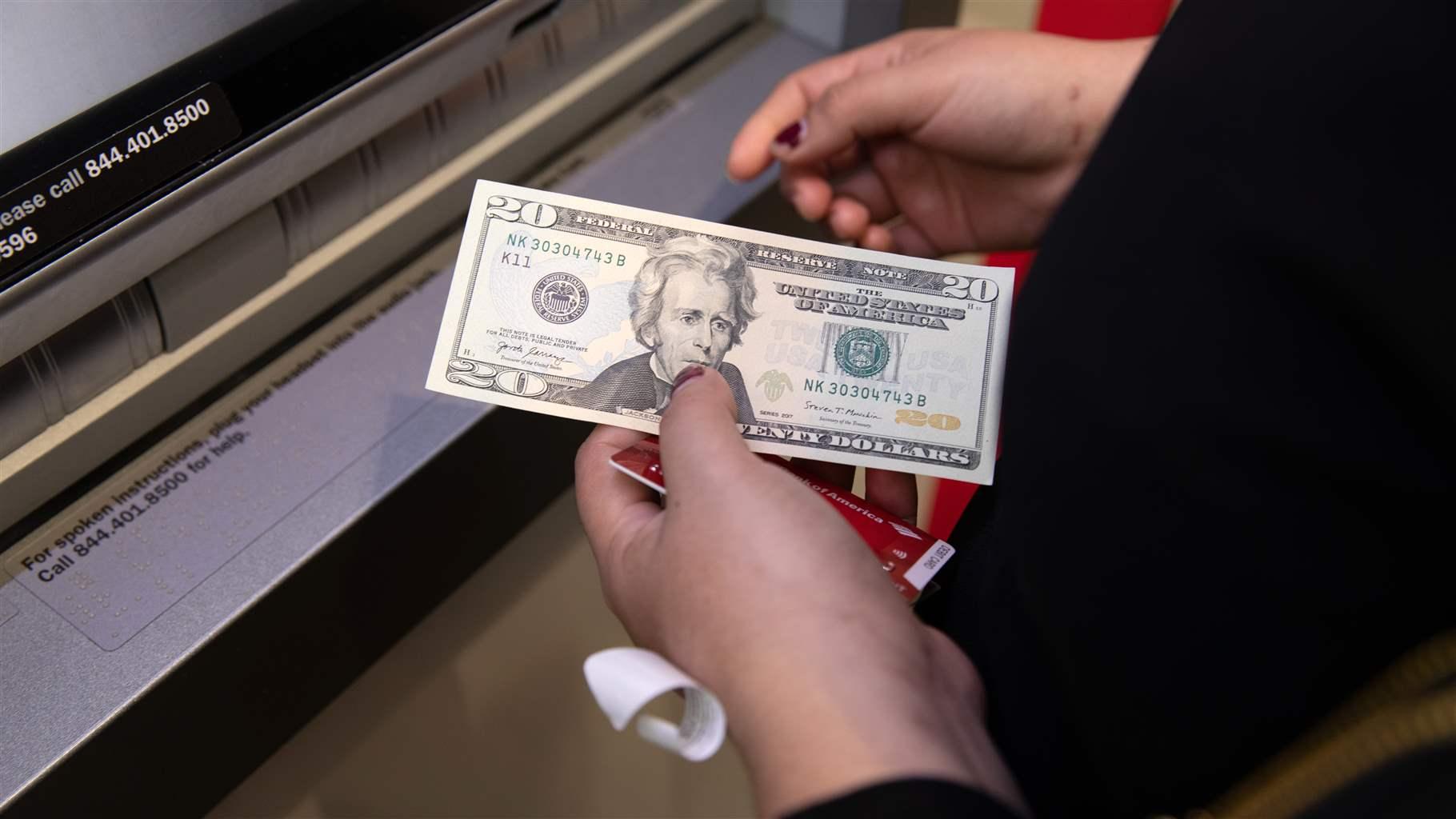Large Banks Improve Overdraft Policies and Cut Fees
Changes poised to save consumers more than $4 billion annually

The 25 largest U.S. banks by branch count have made substantial changes to their overdraft policies in the past 12 months that could save consumers more than $4 billion annually. These reforms at the biggest banks should have outsized benefits for Black and Hispanic customers because they are more likely to incur overdraft fees.
The banks are taking these steps amid much-needed scrutiny from federal financial regulators, including the Office of the Comptroller of the Currency and the Consumer Financial Protection Bureau (CFPB), as well as Congress. American banks also face increased competition from neobanks—the digital-only financial services providers that offer many of the same consumer services as traditional banks although they do not charge overdraft fees. Federal guidance in 2020 that gave banks regulatory clarity on offering small loans also enabled them to provide struggling customers liquidity without overdraft. Moreover, reduced consumer reliance on overdraft during the pandemic highlighted what a banking system less focused on overdraft revenue might look like.
Most of these 25 large banks have lowered the penalty fee for overdrafting, reduced the daily maximum number of overdraft fees charged, added a grace period or buffer amount before fees are charged, or eliminated nonsufficient funds (NSF) fees or overdraft transfer fees. Some took these steps in 2021, while five did so in quick succession in January. More banks have since followed suit.
Overdraft has generated major revenue for banks
The banks originally created overdraft programs to help consumers cover small, incidental charges that occurred before an account holder’s next deposit because paper checks could be slow to clear, but the fees had become a major profit center for many depository institutions.
Today, most overdrafts occur for debit card transactions and electronic payments. More than half of overdrafters surveyed by Pew in 2013 did not recall agreeing in advance to have debit card transactions go through in exchange for paying overdraft penalty fees. In addition, about 3 in 4 overdrafters said they were unaware of their right to have transactions declined free of charge if the account did not have sufficient funds to cover a debit purchase.
The CFPB estimates that consumers paid $15.5 billion in overdraft and nonsufficient funds fees in 2019 alone. Overdraft penalties and NSF fees had averaged $35 per transaction in recent years, with repeated overdrafts causing some consumers to become unbanked, which means they are no longer served by a bank. High or unpredictable fees were one of the major reasons cited for not having a bank account in a 2019 survey of unbanked households by the Federal Deposit Insurance Corp.
High and repeated overdraft fees can harm the financial well-being of struggling consumers as well as the inclusivity of the banking system if customers are forced to leave or close their accounts. In January 2022, the CFPB requested public input on junk fees, meaning charges that are inflated or hidden. In a letter to the bureau in April, Pew highlighted that the markets for overdraft and NSF fees have not shown signs of price competitiveness and fees have not aligned with providers’ costs. For consumers, then, these costs have historically proved unnecessarily high.
Several changes reduce overdraft costs
Among the top 25 banks, more than half have said they will no longer charge NSF fees on personal checking accounts, and a similar number have announced they will not charge more than three overdraft fees per day. A majority also will no longer charge fees to transfer money from consumers’ other linked accounts to cover overdrawn transactions. Previously, these transfers carried a median price tag of $10.
Some banks also now give customers an extra day before charging a fee and allow negative balance buffers—they do not charge fees when accounts are only slightly overdrawn. That’s helpful as nearly two-thirds of overdrafters reported in a 2013 Pew survey that the transaction that caused their most recent overdraft was for $50 or less. In addition, seven of the top 12 banks have announced or launched small installment loans or lines of credit. These products allow customers to borrow small amounts of money from their banks on affordable terms, rather than paying penalty fees or turning to high-cost, nonbank lenders.
Annual consumer savings
The recent changes to banks’ overdraft programs are likely to produce consumer savings of more than $4 billion annually. Changes at the top three banks alone are expected to save consumers more than $2 billion every year in fees. CFPB research has found that those three banks accounted for 44% of all overdraft revenue in 2019, excluding credit unions and the smallest banks.
These consumer-friendly changes also should help reduce the number of unbanked Americans over time. Fewer consumers will be forced to leave the banking system because of high and unpredictable fees, and small loans from banks will offer an affordable option to those who once used payday or similar loans. Repeated account withdrawals by payday lenders also have been associated with the loss of checking accounts.
Many of the nation’s large banks have taken strong steps on overdraft reform. Going forward, it will be important to see if smaller banks and credit unions follow suit and enact similarly beneficial changes.
Alex Horowitz is a principal officer and Linlin Liang is a senior associate with The Pew Charitable Trusts’ consumer finance project.







